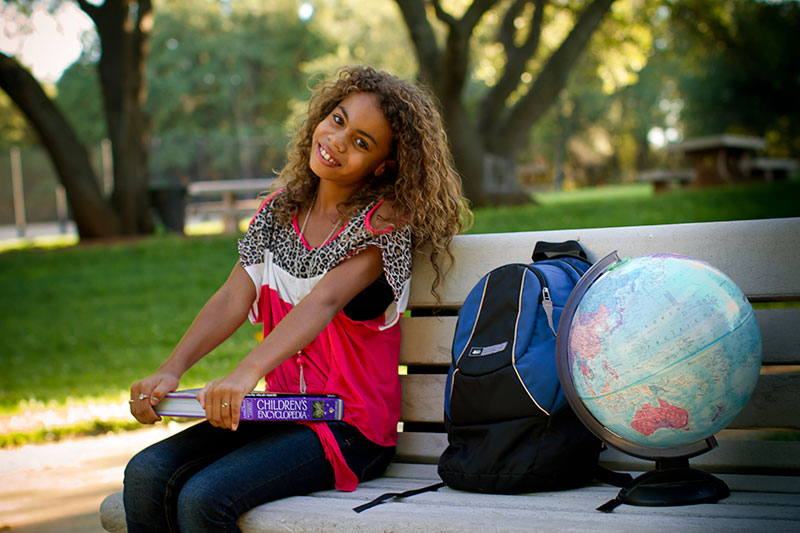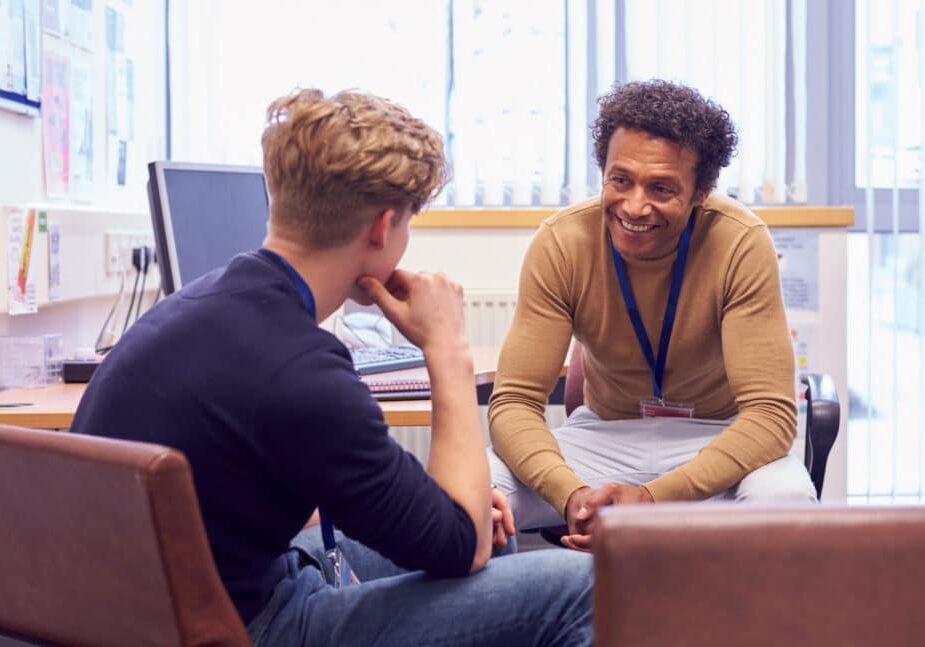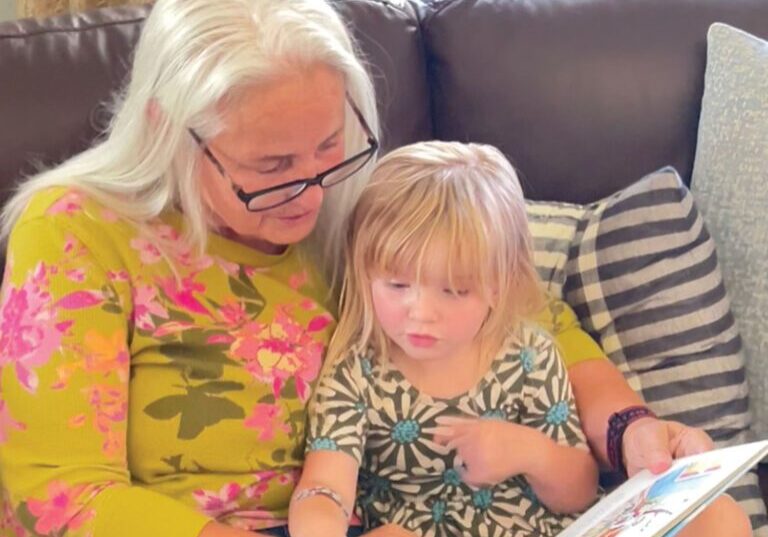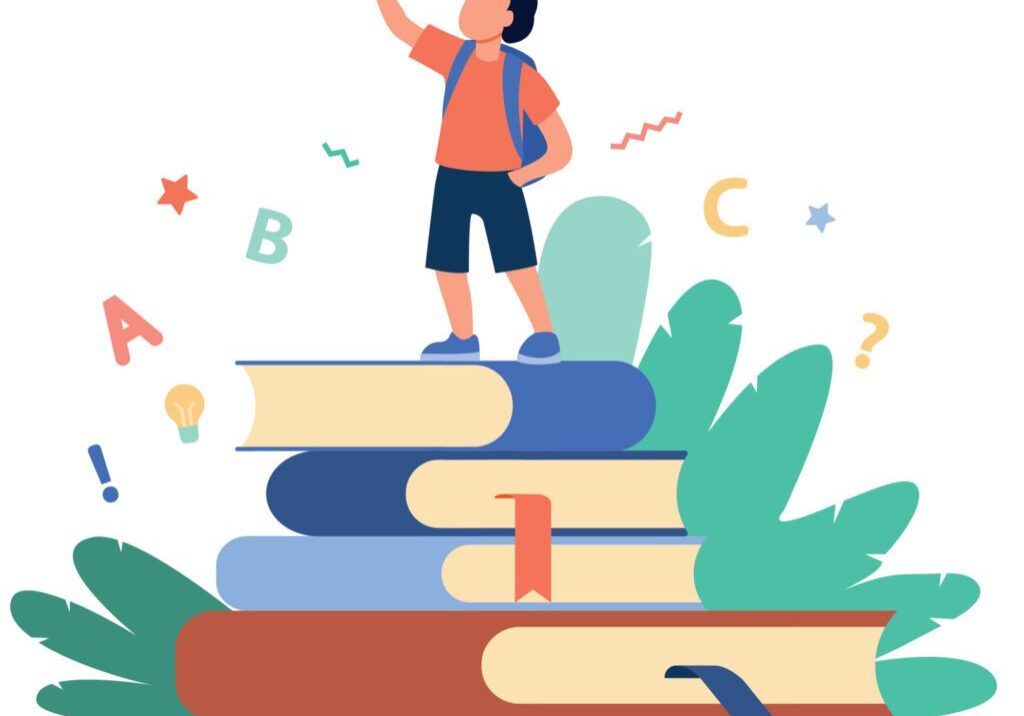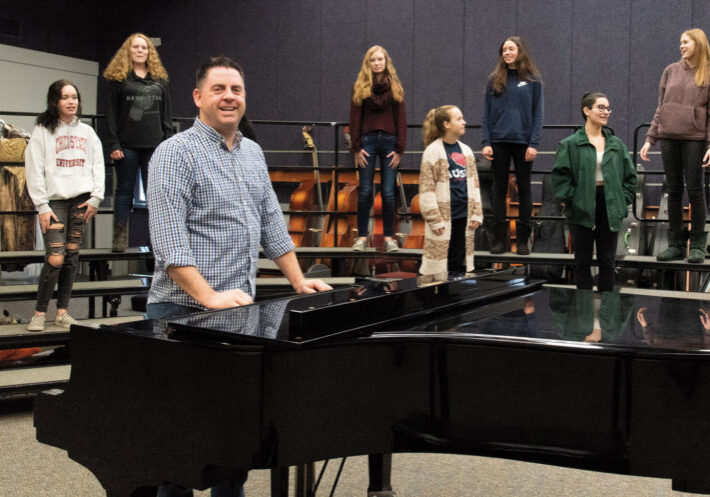Have you ever heard someone say, “I learn best if I can see something – I don’t remember anything I hear,” or another reveal, “If I can’t put it together with my hands, I don’t understand it”? What they are talking about is their natural or preferred learning style; learning styles are the way a person best grasps and remembers material when acquiring information.
First addressed in the early 1900s, learning styles have been studied and debated ever since. They have, to some extent, influenced education. Although one study cited as many as 71 different learning styles, most agree that there are three primary styles: visual, auditory, and tactile/kinesthetic. Numerous assessments are available to determine a person’s most predominant style.
Most theoretical studies do not find that teaching to a student’s strongest modality (learning preference) makes a significant difference in how well he or she learns. However, many teachers, especially those teaching children with special needs, do find that there are students who learn far better if material is presented in such a way that it is learned through their strongest mode.
Visual Learners:
These learners make up the largest percentage of the population. About 60 to 65 percent learn best through visual presentation of material. They learn more efficiently and recall information more quickly by seeing it. They prefer to read when acquiring information, and recall it by writing notes.
Visual learners like to highlight important facts when reading, and may remember the exact spot they saw those facts on the page. They like to use diagrams, maps and graphs. They need to study in a quiet environment, may be detail oriented, and are usually organized. They prefer written instructions to verbal ones and may need to have verbal instructions repeated.
Auditory Learners:
About 25 to 30 percent of the population learns most effectively through hearing the material presented. They prefer lectures to reading, and tend to study orally what they need to remember: they speak or read out loud what they need to recall.
Auditory learners receive the full meaning of what a person says by hearing changes in tone and speed, and catching nuances of speech. They prefer lectures or listening to audiobooks over reading, and they follow verbal directions well. They may talk to themselves as a means of recalling what has been said in a presentation. They tend to repeat back to a person what they have heard during a conversation. They may not appear to be paying attention to what is presented in class, or said during a personal interaction, but they remember it. They like background noise or music when studying, and if none is available, may hum, sing or whistle. They often excel at foreign languages.
Tactile/Kinesthetic Learners:
These learners make up the smallest part of the population – about 10 percent. Preschool and early primary grade children learn kinesthetically. They gain a sense of their world by handling and manipulating materials. They engage in the learning process with their sense of touch. By the time they reach second grade, many become visual or auditory learners.
Kinesthetic learners acquire and retain information when they use a hands-on approach. They like to assemble, disassemble and manipulate objects. They do best, for example, learning academically through activities such as cooking, mechanics, sports, construction and engineering. They may draw designs to assist them in retaining what they have learned. They remember what they did but may not recall what they heard or read. They need to move around regularly, and often become distracted when they can’t engage physically with material.
Effective Parenting:
Astute parents begin to recognize how their child best learns by careful observation. One parent sees his child entertaining herself with her head in a book. Another notices that the child can’t play with a toy without manipulating all its parts to see how it works. A third watches his child doing her homework in front of the TV and recognizes that it’s just background noise; she’s not paying attention to it.
Knowing how children prefer to learn and how they best receive information helps parents with aspects of daily family life, and helps foster harmonious relationships and mutual respect.
Using multiple approaches typically works well for most children. For some, tailoring to their specific needs may be necessary.
The following two areas of parenting often present challenges; discovering strategies that work relieves stress for both parents and children.
Family Chores:
Chore charts assist visual learners in remembering their family responsibilities. For example, you might say, “It’s almost time for dinner. Check your chart to see what your job is.” This helps a child transition to the chore from another activity better than calling to her that it’s time to set the table. An auditory learner responds well when you tell her what to do. Go to her, place your hand on her shoulder, establish eye contact, and tell her that it’s time to set the table. You cannot expect her to respond positively when you call directions from a different room. A kinesthetic learner will respond most favorably if you have eye contact and say something like, “The silverware is on the sink, please set the table.” She can immediately pick up the cutlery and do her job.
Homework:
Visual learners will have an easier time with homework if they can read the directions to the task, find the information they need in written form, and write down the answers. Auditory learners like to read the directions out loud or listen to someone else read them. They prefer to study their spelling or math facts by hearing the word or math problem and answering verbally. Kinesthetic learners might track the words in directions with their finger as they read them. They respond to using manipulatives like counting blocks or cut-out letters, and like to color code information.
By using multiple approaches to learning both in the home and in the classroom, and by tailoring learning experiences to a child’s specific needs, most children can thrive as family members and achieve success as students.
Posted in: Education
Comment Policy: All viewpoints are welcome, but comments should remain relevant. Personal attacks, profanity, and aggressive behavior are not allowed. No spam, advertising, or promoting of products/services. Please, only use your real name and limit the amount of links submitted in your comment.


